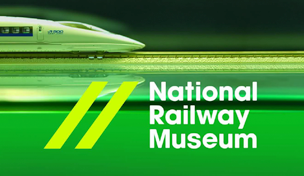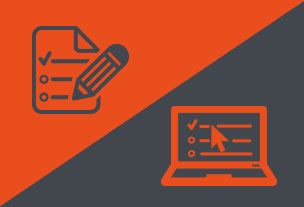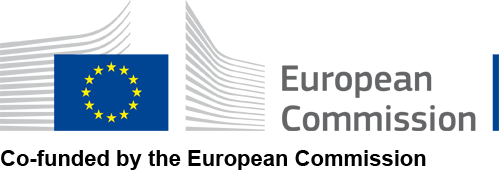Want full & instant access to shape?
To access the full benefits of shape you need to register for FREE
 Register NowAlready registered? Log in here
Register NowAlready registered? Log in here

Welcome to the Shape online resource. This is a quick guide to the features and unique navigation of Shape
Show me how to use Shape SkipWant full & instant access to shape?
To access the full benefits of shape you need to register for FREE
 Register NowAlready registered? Log in here
Register NowAlready registered? Log in here
Propose
The PROPOSE stage will help you draw conclusions from your work so far and develop your selected opportunities into projects. There are instructions on wrapping up the first part of the process before finally defining the project(s), which will address your fully defined challenge. It will also help you set up a measurement plan for the progress and success of each project.
Recommendations
By now, you have produced a number of opportunities that can deliver the identified outcomes, some hard evidence (facts and figures) and some soft/anecdotal evidence (user observations, insights, stakeholder analysis, research or past experience) to support each idea and approach.
You can use this information to review your overall priority list and create a strategy for decision-makers and stakeholders based on your recommendations on how best to proceed.
You might need to present your information in a number of ways, so that the relevant decision-makers can easily understand it. These could include:
- A presentation to the directors
- A written report
- A public meeting
- An exhibition of your findings
The way you collate and disseminate this information is crucial; it has to set out the evidence that you have gathered and process you used. It can support your recommendations and explain why it doesn’t support other approaches.
The supporting evidence could combine:
- Words
- Photographs
- Sketches or models
- Social media interactions
- Video/audio recordings from the stakeholders mapped in the Scope & Frame stage
It is essential to communicate this information clearly and concisely, so that the decision-makers and wider public can understand it. It can be helpful to work with a designer or agency that specialises in communications, events or exhibitions to assist with this process.
> Have a look at the ‘Types of designers’ tool in the tools menu for more information.
If you need to make a public presentation, think about to the best way to structure it. For example, is it best to have a professional presenter run through a formal presentation first, followed by a Q&A? Communications specialists may be able to provide assistance with this.
Before continuing to the next stage, make sure your recommended strategy (including any changes required) is signed off.
Measurement plan
The motivation for working through the Scope & Frame, Generate, Analyse and Propose stages of this process is usually driven by an overall demand for improvement.Throughout these stages you have:
- Developed justification for your chosen approach
- Identified opportunities to solve the problem
- Decided which projects to undertake
- Decided on the order and/or combination in which to undertake them
Your projects will all lead to change. Evidence of change can be physical, such as a new environment or service, but evidence of improvement is generally in the form of data, such as reductions in cost or complaints, increases in users or awareness, or improvements in citizens’ quality of life.
Evidence usually requires some form of statistical or anecdotal ‘before and after’ measurement and data capture, which means there should be at least three measurements taken throughout a project:
- Before: Measurements capture the starting conditions before beginning the project – perhaps including the problems you are trying to solve
- During: Measurements capture the immediate effects of the project as it’s being developed and commissioned
- After: Measurements capture the long-term changes made by the project
You may also choose to take measurements at key milestones during the project, in order to assess each stage.
Ultimately, measurement produces evidence to your sponsors, financiers and citizens that your project is justified and effective in addition to being delivered on time and on budget. This is why it’s essential to create and approve a plan for measurement before any projects are started. At first this will capture the starting conditions, and also explain how any ongoing measurements will be carried out.
Make clear:
- Who is responsible for the measurement
- What is being measured
- How it is being measured
If projects within the overall strategy are interlinked, it may be helpful to measure how each one impacts the others.
Your plan should also include how measurement will continue through the lifespan of the project outcomes. It always takes some time to affect a change, so using a consistent methodology and focus to measure over time intervals such as six months, one year and two years from launch, generate comparable and useful evidence.
You should use the same methodology across all the projects as their combined results will be used to monitor the overall challenge delivery.
> Have a look in the tools menu for the ‘Measuring tool’, which provides additional information.
Case Study 

Project Title
Increasing Museum Visitor Numbers
Client
Science Museum Group
Design Suppliers
Thompson Brand Partners, Leeds, United Kingdom
Launch Date
2010/2011
The National Railway Museum has been based at its current site in York, UK since 1975 and is the largest railway museum in the world. However, visitor numbers has been falling since 2006. Rail enthusiasts were making up an increasingly high proportion of visitors with family visits reducing alarmingly. The objective of the project was to rebrand the museum with the aim of driving visitor numbers (both online and physical) and to grow revenue.
View all Case Studies and ToolsRead More






